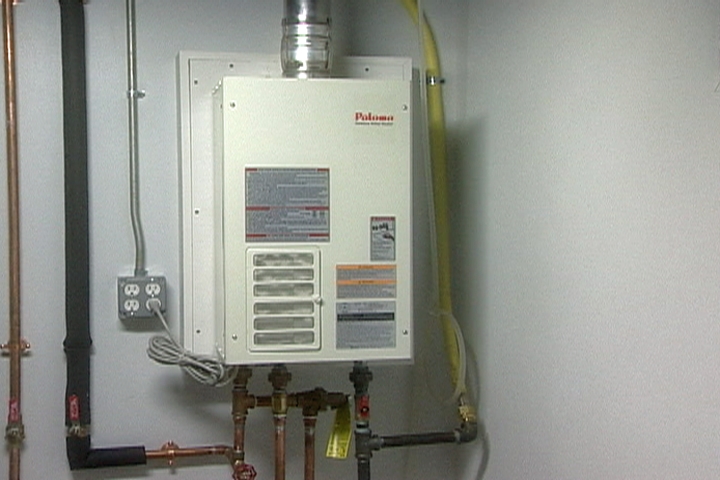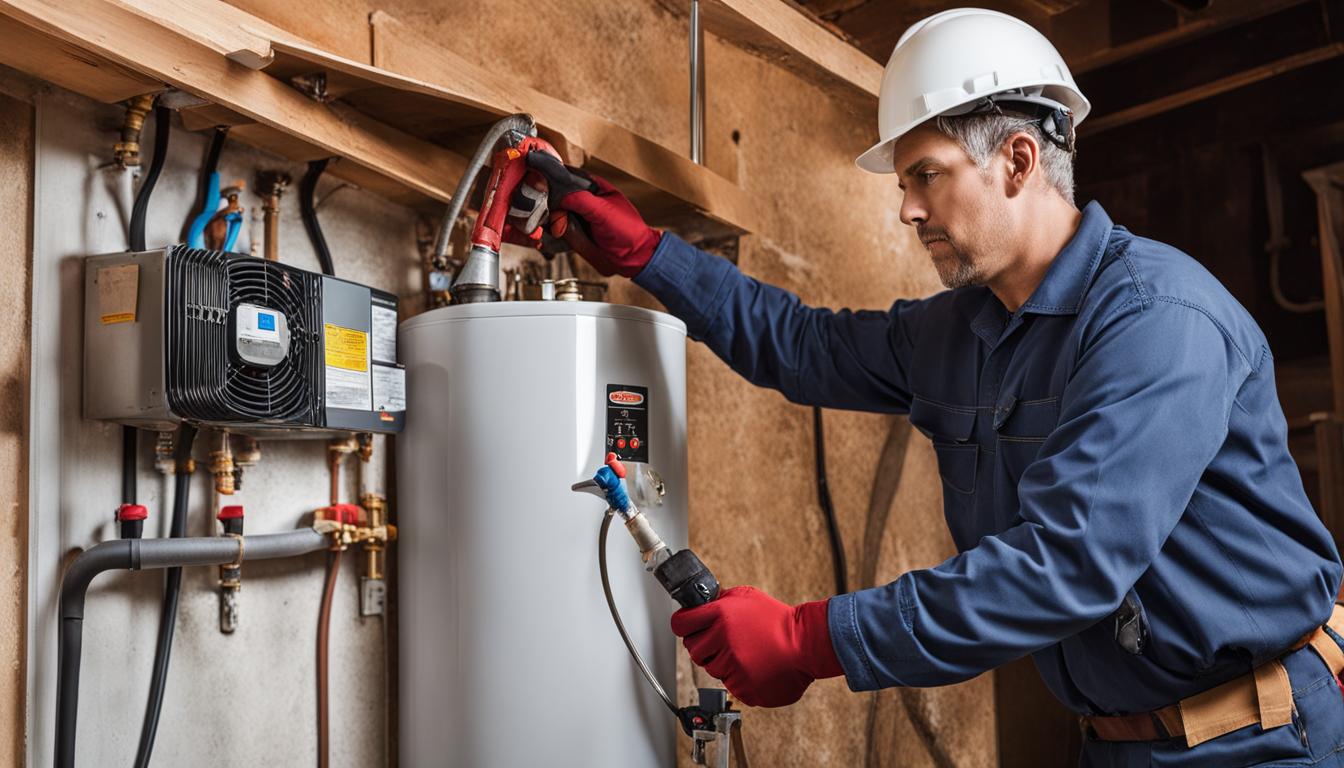Tips on How to Keep Your Home's Hot Water System in Good Condition
Tips on How to Keep Your Home's Hot Water System in Good Condition
Blog Article
Everyone seems to have their own individual rationale with regards to Tips on Maintaining a Water Heater.

Hot water is necessary for day-to-day comfort, whether it's for a refreshing shower or cleaning meals. To ensure your hot water system runs successfully and lasts longer, regular upkeep is crucial. This post offers practical pointers and understandings on exactly how to keep your home's hot water system to stay clear of interruptions and costly repair services.
Introduction
Preserving your home's warm water system may seem overwhelming, but with a couple of easy actions, you can ensure it operates efficiently for many years to find. This overview covers everything from comprehending your hot water system to DIY upkeep tips and understanding when to call in expert aid.
Significance of Preserving Your Warm Water System
Regular upkeep not just extends the life-span of your warm water system but likewise guarantees it operates effectively. Disregarding maintenance can cause lowered performance, higher energy expenses, and also premature failure of the system.
Indications Your Warm Water System Needs Upkeep
Knowing when your warm water system needs interest can prevent major concerns. Watch out for indicators such as inconsistent water temperature level, strange noises from the heating system, or rustic water.
Purging the Water Heater
Flushing your hot water heater removes debris build-up, improving performance and prolonging its life.
Checking and Changing Anode Rods
Anode poles prevent deterioration inside the container. Evaluating and changing them when worn out is essential.
Complicated Problems Needing Expert Assistance
Examples include significant leakages, electric issues, or if your water heater is constantly underperforming.
Routine Professional Maintenance Advantages
Expert maintenance can include extensive assessments, tune-ups, and making sure compliance with safety criteria.
Evaluating and Readjusting Temperature Level Settings
Adjusting the temperature setups makes sure optimal performance and safety.
DIY Tips for Upkeep
You can do a number of maintenance tasks yourself to maintain your warm water system in leading condition.
Checking for Leakages
Consistently examine pipes and connections for leakages, as these can bring about water damages and higher bills.
Understanding Your Warm Water System
Before diving right into upkeep tasks, it's useful to understand the standard elements of your hot water system. Typically, this consists of the water heater itself, pipes, anode poles, and temperature controls.
Month-to-month Upkeep Tasks
Regular month-to-month checks can help capture minor issues prior to they intensify.
Examining Stress Relief Valves
Testing the stress relief valve guarantees it works correctly and stops extreme pressure build-up.
Insulating Pipelines
Insulating warm water pipes minimizes warm loss and can save energy.
When to Call an Expert
While DIY upkeep is advantageous, some concerns need specialist knowledge.
Conclusion
Routine upkeep of your home's hot water system is necessary for effectiveness, long life, and expense financial savings. By following these pointers and understanding when to look for professional assistance, you can ensure a trusted supply of hot water without unexpected disturbances.
How to Maintain an Instant Hot Water Heater
Before tinkering with your hot water heater, make sure that it’s not powered on. You also have to turn off the main circuit breaker and shut off the main gas line to prevent accidents. Also turn off the water valves connected to your unit to prevent water from flowing into and out of the appliance. 2. When you’re done, you have to detach the purge valves’ caps. These look like the letter “T†and are situated on either side of the water valves. Doing so will release any pressure that has accumulated inside the valves while at the same time avoid hot water from shooting out and burning your skin. 3. When the purge valves’ caps are removed, you have to connect your hosing lines to the valves. Your unit should have come with three hoses but if it didn’t, you can purchase these things from any hardware or home repair shops. You can also get them from retail stores that sell water heating systems. Read the user’s manual and follow it to complete this task properly. When the hosing lines are connected, open the purge port’s valves. 4. You should never use harsh chemical cleaners or solutions when cleaning your unit. Make use of white vinegar instead. It should be undiluted and you’ll probably use about 2 gallons. 5. Now flush your water heater. This task should probably take about 40 minutes. We can’t give you specific directions for this because the procedure is carried out depending on the type, model and brand of your heater. With that being said, refer to the user’s manual. 6. When you’re done draining the unit, you have to turn off the purge port valves again. Remove the hosing lines that you earlier installed on each of the water valves. Put the valve caps (purge port) back in their respective places and be very careful so as not to damage the rubber discs that are found inside these caps. 7. Now that everything’s back in place, check your user’s manual again to find out how to reactivate your water heating system. 8. Once it is working, turn one of your hot water faucets on just to let air pass through the heater’s water supply pipes. Leave the tap on until water flows smoothly out of it. https://www.orrplumbing.com/blog/2014/september/how-to-maintain-an-instant-hot-water-heater/

Do you like more info about Tips on Maintaining a Water Heater? Give feedback directly below. We would be delighted to listen to your ideas about this posting. In hopes to see you back again in the future. Loved our write up? Please quickly share it. Help another person discover it. Bless you for being here. Come back soon.
Visit Site Report this page